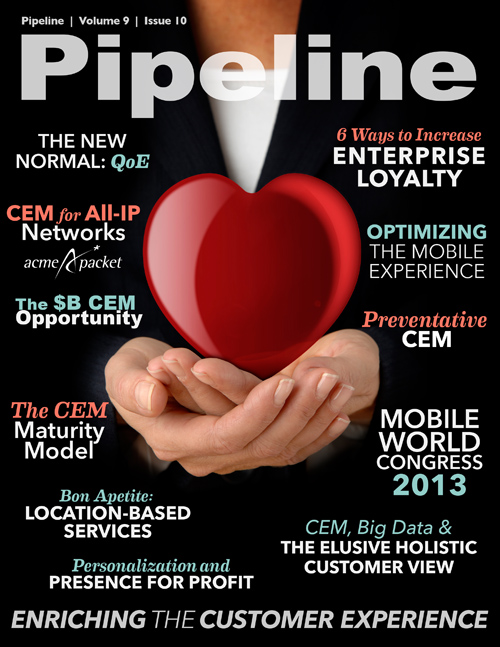Preventative CEM
By: Jesse Cryderman

“An ounce of prevention is worth
a pound of cure.”
—Benjamin Franklin
The best time to address a problem is before it surfaces. Granted, this requires some foresight and visibility, but identifying areas of concern and confronting them ahead of time is a hallmark of progress. After all, if a car is to function without fail and last its full life cycle, preventative maintenance is necessary. And if you want to avoid infectious diseases, immunizations are imperative. So why would customer care be any different?
However they’re measured, the costs associated with failing to address preventable problems are significant. Each year in the United States, for instance, nearly one million people die as a result of preventable conditions. On the corporate side of things, whenever Amazon goes down it loses $116,000 in sales per minute, while automotive recalls can set manufacturers back hundreds of millions of dollars and perpetuate a plague of negative publicity. And when mobile networks fail it not only drains communications service providers (CSPs) of gobs of money, it severely impacts the customer experience, which translates into additional lost revenue, increased care costs and customer churn.
Customer experience management (CEM) has moved to the forefront in nearly every customer-facing industry as a top driver of business transformation. This is especially true in highly competitive industries with densely saturated markets and comparatively narrow technical variation among competitors, e.g., telecommunications. Personalized welcome screens, video bills and multichannel user interfaces are wonderful, but if connectivity fails none of this matters and then these services fail to perform their magic on the customer experience. From a CEM perspective the first problems to solve are the ones customers should never encounter.So how does a CSP prevent problems before they’re problems? It starts with knowing where to look and how to look at network resources, extends to real-time analytics that guide operational decision-making, and ends with proactive, data-centered solutions. Contextual, real-time, end-to-end visibility into, and analysis of, today’s increasingly complex networks is what can make preventative CEM a reality.
Unique challenges in telecom
The very fabric upon which CSPs deliver their offerings — the network — is undergoing monumental change near the core and the edge and everywhere in between. As the core moves toward an all-IP infrastructure, heterogeneous access networks (HetNets) comprised of macrosites, small cells, Wi-Fi offload, access points, and loosely federated partner sites predominate the mobile landscape. And in the middle, customers are voraciously using over-the-top (OTT) services and partner platforms that originate from beyond the friendly confines of their primary service provider. To meet the rising demand for high-speed mobile connectivity, any solution that addresses these challenges must be able to scale rapidly.
Considering the elements closer to the core, this transformation presents other unique challenges for CSPs. They must now run two networks in parallel, managing a seamless handoff between legacy 3G and 4G/LTE. The problem is, while the future’s all-IP it’s a whole new ball game for some providers: companies known for rock-solid voice service built their core business around a completely different type of network, and the tools required to monitor and manage the inner workings of the new IP network have changed, as have the processes.





















